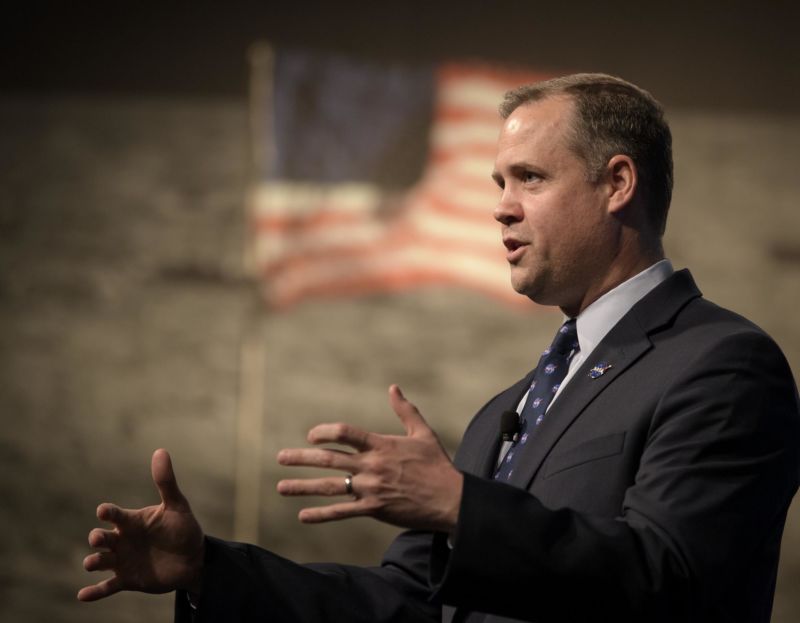
NASA wants to return to the Moon, but it would like to do so in a way different from the Apollo Program—more sustainably, so that there are not just a handful of missions before humans retreat back into low-Earth orbit.
As part of this, NASA Administrator Jim Bridenstine has said he prefers the space agency to be one of several customers for private companies interested in building transportation systems to the lunar surface and back. Initially, of course, NASA would be the sole customer, but over time, the agency would like to foster the commercial development of the Moon.
Because aerospace companies may one day find additional customers for their services, NASA has asked companies to invest in the rockets, landers, and spacecraft they are building as part of the agency's Artemis Moon program. In short, NASA wants its contractors to put some skin in the game.
That may become even more important if NASA has any chance of meeting its goal of landing humans on the Moon by 2024. As part of the fiscal year 2020 budget process, NASA said it needed $1 billion to jump-start the design and initial development of two independent systems to land on the Moon. But as part of a budget deal reached by Congress just before Christmas, NASA only received $600 million.
“Step up”
This has caused the space agency to think about leaning a bit more on its contractors, Bridenstine told Ars.
"The $600 million wasn’t everything we requested, which means we’re going to have to make some modifications to how we move forward," Bridenstine said. "But I do think the intent is to move forward with multiple contracts. We can’t delay, we’ve got to keep moving forward. Of course we might need to have some of our partners step up in a bigger way."
NASA had been targeting the January time frame to award 10-month contracts to multiple providers for design and initial development of lunar landers. Ars is aware of at least four primary bidders—a Blue Origin-led team, a Boeing-led team, SpaceX, and a fourth group that has not publicly declared its plans. NASA is expected to hand out two to four initial grants and then winnow the field to two designs by the end of this year for larger awards.
It is not clear how the delayed budgeting process for fiscal year 2020 will impact this timeline, nor if the reduced awards will limit the number of contracts NASA offers. But Bridenstine has repeatedly said he would like two different teams building landers for NASA, both to spur competition and to ensure that one of them is ready by 2024.
reader comments
153